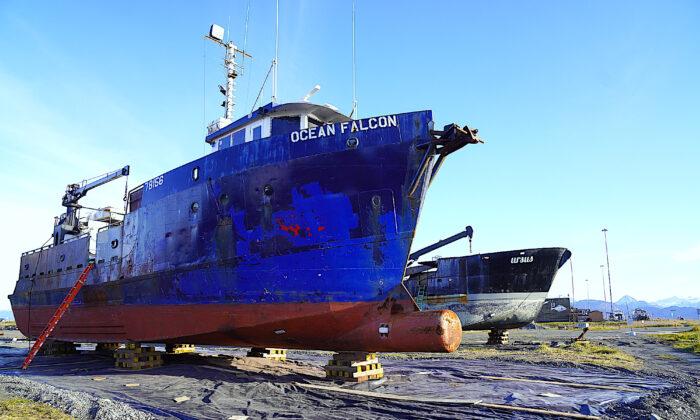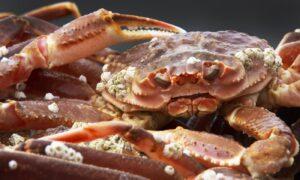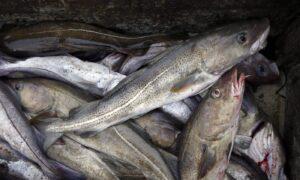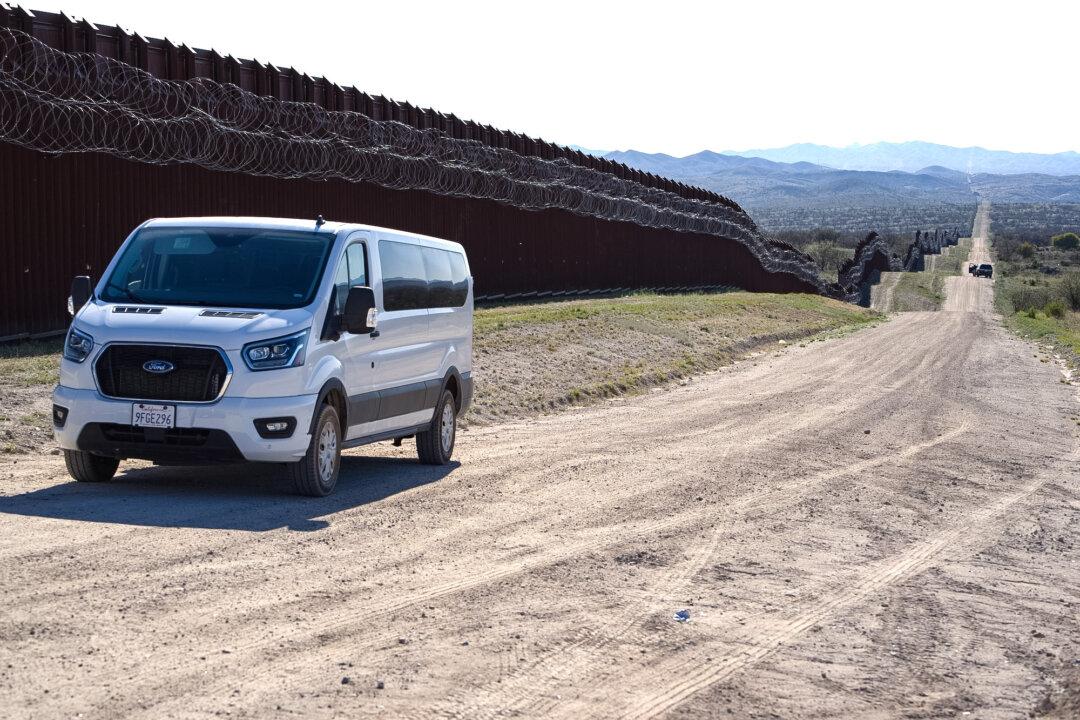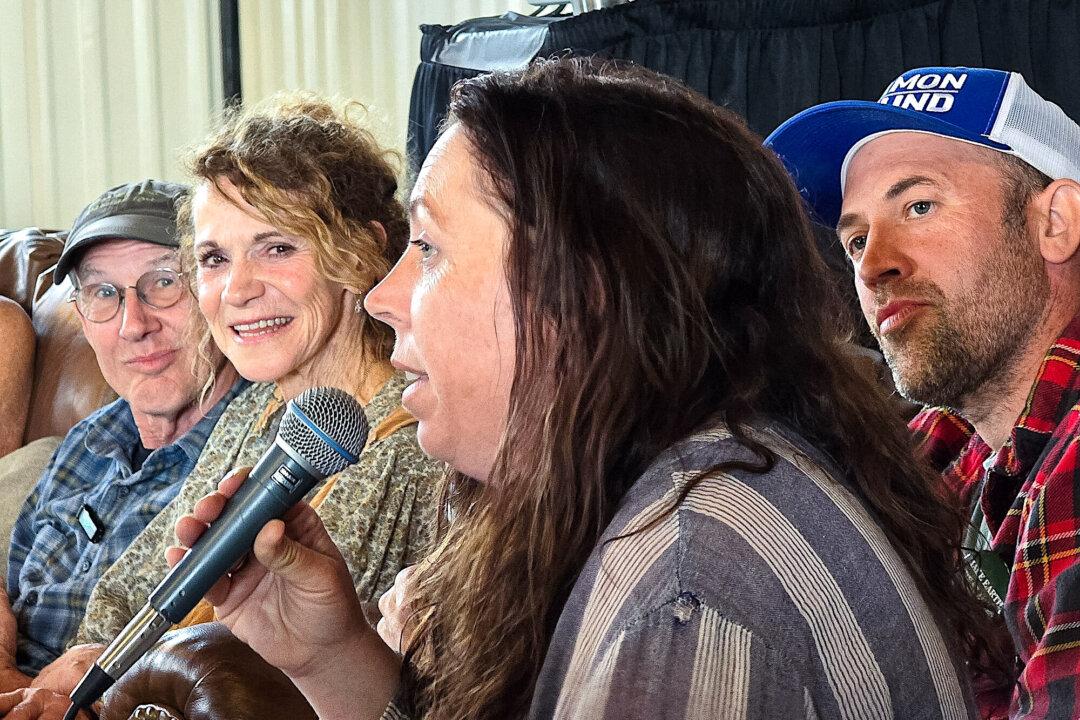Alaska’s Department of Fish and Game announced on Oct. 6 the opening of the 2023–2024 Bristol Bay red king crab harvest following a two-year closure due to warming waters and low counts.
However, the closure will remain in effect for the Bering Sea snow crab fishery, which experienced a catastrophic drop in numbers of 80 to 90 percent—from around 10 billion in 2018 to less than 2 billion in 2022.
The department’s announcement is good news for Alaska’s Bering Sea crab fleet that the king crab stock is back up to allowable levels for a small, sustainable harvest.
“It’s a start in the right direction. I’m glad it’s opening. It will help pay some bills, and most of all, it will help our crew out,” Glenn Casto, a longtime crabber and captain of the FV Pinnacle, told the trade association Alaska Bering Sea Crabbers.
On Oct. 17, 2022, Fish and Game Commissioner Doug Vincent announced the annual Bering Sea snow crab harvest had been canceled based on surveys showing a significant decline in crab numbers.
It was the first time the state called off snow crab season as a result of changing environmental conditions affecting crab populations.
According to the National Oceanic and Atmospheric Administration (NOAA), large migrations of Alaska snow crabs appeared in the northern Bering Sea in 2019.
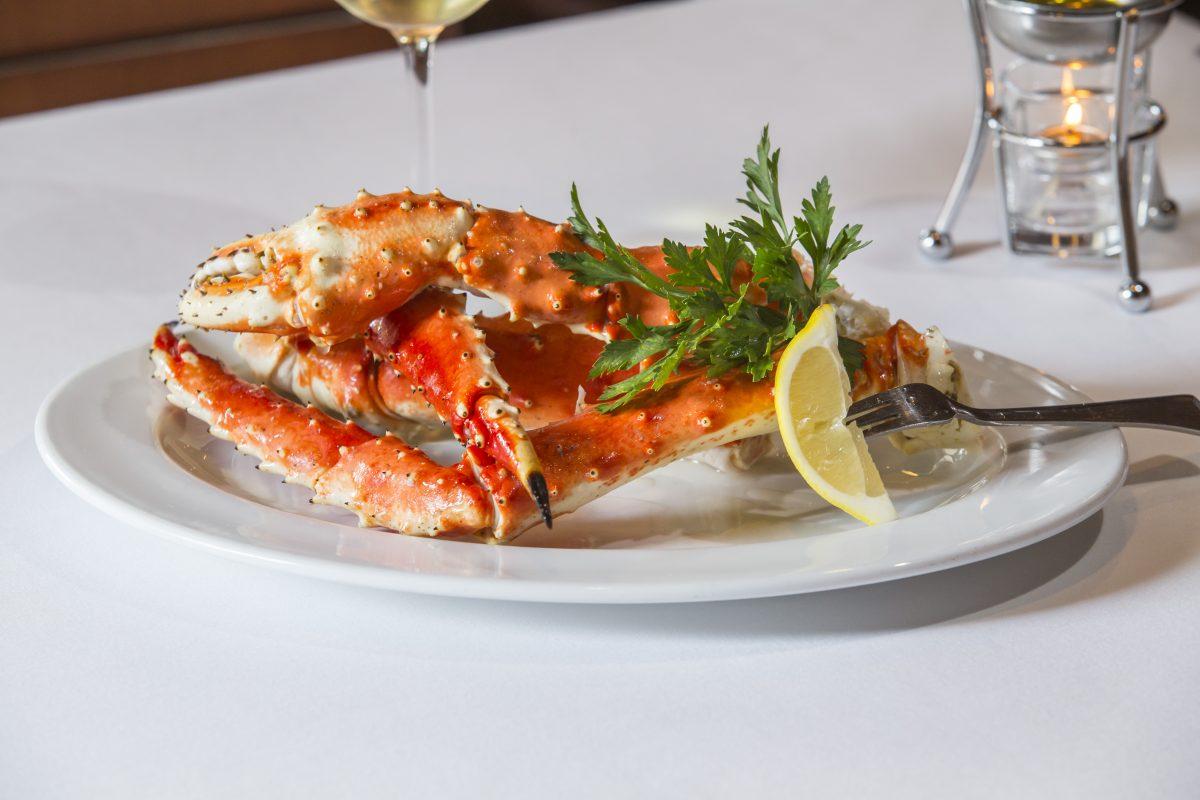
“At the same time, the number of small snow crabs plummeted. Across all sizes, the snow crab range shrank. These shifts occurred during a time of unprecedented warming and loss of sea ice in the Bering Sea,” NOAA wrote.
“Unsurprisingly, snow crab like cold water. Snow crab support valuable fisheries in the frigid waters of the eastern Bering Sea and North Atlantic.”
The agency added that 2017–2019 brought “unprecedented warming to the Bering Sea” that prompted the snow crabs to either acclimate or move to more hospitable areas.
The four stocks of red king crab include Bristol Bay, Pribilof Islands, Norton Sound, and Western Aleutian Islands.
NOAA reported that the Bristol Bay king crab is not overfished or confronted with overfishing based on a 2022 assessment of stock and catch data.
For the 2023–2024 harvest season, Fish and Game will allow 2.15 million pounds of catch, a 100-percent increase from last year.
The total allowable harvest of Bering Sea Tanner crab is 1.32 million pounds, up 55 percent from a record-low quota of just under 1 million pounds in 2022–2023.
“Unfortunately, Bering Sea snow crab is closed again this season,” Alaska Bering Sea Crabbers said in a statement.
“As the main crab stock that brings revenue to the fleet, there will be continued hard times ahead for much of the crab industry. [Opening] fisheries is the fastest way to bring financial relief to the fleet hit hard by closures in recent years.”
NOAA reported that in 2020, Alaska crabbers commercially landed more than 36.6 million pounds of snow crab with a total value of almost $102 million.
That year, the sustainable harvest of Bering Sea red king crab weighed in at 2.6 million pounds before the state closed the fishery in 2021.
Between 1975 and 2018 the Alaskan crab industry brought 854 million pounds of crab to shore, a harvest worth $2.5 billion.
The cost of a whole red king crab can range from $25 to $70 per pound depending on the quality and location of the seller, according to homegroundgrill.com.
